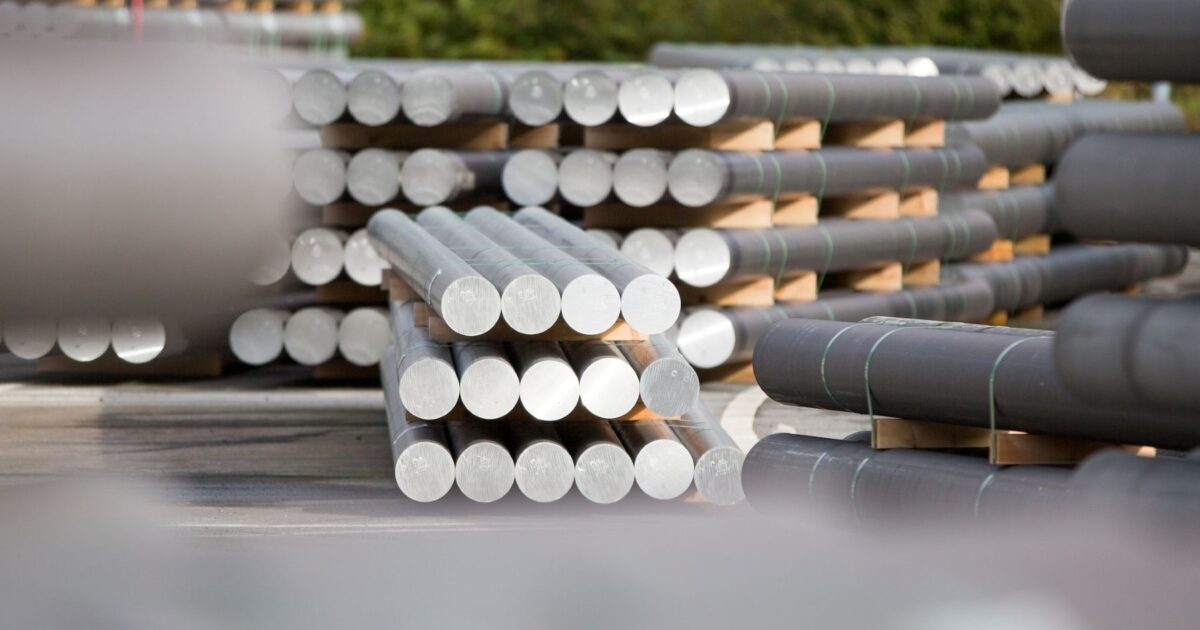Transport is Europe’s biggest climate problem, representing 29% of the bloc’s greenhouse gas emissions. Learn more about what Transport & Environment is doing to clean up transport.
Europe’s leading advocates for clean transport & energy
A new study examines how to ensure an ambitious uptake of green aluminium in cars by 2040.
As the transition to electric vehicles gains speed in Europe and globally, leading to a reduction in the tailpipe emissions of cars, attention must now turn to the climate impact of the materials used to make a car. With use-phase emissions of an EV at close to zero, the emissions from the production phase – or a vehicle’s embedded emissions – account for around 60% of an electric carʼs total lifecycle emissions. Aluminium makes up around 20% of these embedded emissions. The automotive sector accounts for over a third of the market for all European aluminium production. With the aluminium content of electric vehicles higher than that of an internal combustion engine (ICE) vehicle, and only expected to grow, now is the time to scale low carbon or green production and recycling of aluminium in Europe.
New research by T&E shows that we can deliver cost-competitive aluminium by 2040, with targets for green aluminium adding only 25 EUR to the price of a car. To define “green aluminium”, we establish a sliding scale combining recycled and primary aluminium, with the carbon threshold decreasing over time, incentivising the transition to electrified plants.
The technology to clean up aluminium is available, and now is the time to create the conditions to scale clean aluminium production, including low carbon primary production and increased recycling. With the right policy measures in place, we can:
Reduce residual emissions from primary aluminium in cars by 30% in 2050 (compared to business as usual), increasing to 68% with further uptake of renewable energy and deployment of technologies to reduce direct emissions from smelting, like inert anodes or carbochlorination processes. Emissions savings by 2040, would be equal to taking 900,000 ICE cars off the road.
Reduce emissions by scaling EU aluminium recycling capabilities. By 2035, the emissions savings from increased recycling could be equal to taking 750,000 ICE cars off the road with this rising to over 2 million by 2040.
Deliver cost-competitive aluminium by 2040, with targets for green aluminium delivering a saving of €30 by 2050 to the price of a car.
Europe is heavily dependent on primary aluminium imports, with 53% of the consumption of primary aluminium in Europe in 2024 being met by imports, up from 46% in 2010. However, manufacturing primary aluminium is highly electricity-intensive. Around two-thirds of its carbon footprint stems from electricity generation, making its decarbonisation inseparable from the carbon intensity of the grid. Therefore, Europe’s comparatively cleaner grid means Europe can have a significant competitive advantage when it comes to green aluminium production. Scaling green aluminium production in Europe will be a win for the climate and the economy.
Requiring green aluminium in cars therefore means we can win on all fronts. We can cut emissions, strengthen demand for green products, and if paired with smart policies, support European producers.
Taking into account the significant emissions reduction potential and the timeframes for innovation and aluminium plant investment cycles, now is the time to ensure robust and reliable policies to drive the transition to green aluminium and reduce the overall car carbon footprint. Ambitious policy, such as green aluminium quotas will ensure the timely scale up of green aluminium.
Achieving this requires:
The EU should set minimum green (incl. recycling) aluminium quotas for new cars, via the upcoming Industrial Accelerator Act. Carmakers should be required to use a minimum of 60% green aluminium in new cars from 2035, increasing to 85% in 2040 and 95% in 2045, until all aluminium used in cars is required to be green by 2050. Green aluminum should be required to be made in the EU.
Recycled, local content targets should be introduced via a delegated act to the end-of-life vehicles (ELV) regulation, as part of the upcoming Circular Economy Act. Only post-consumer scrap should qualify to meet these targets.
The upcoming Circular Economy Act should include measures, including via improved waste codes, to significantly limit shipments of scrap aluminium outside of the EU.
The End-of-Life Vehicles Regulation (ELVR) should alleviate barriers to high quality recycling of aluminium, via dismantling requirements for certain parts and components and requirements to sort aluminium into cast and wrought alloys.
The Industrial Accelerator Act and Industrial Decarbonisation Bank should create strong conditions to invest into scaling green aluminium production in the EU, including via strengthened lead markets and the introduction of a carbon product label for aluminium used in vehicles.
Under the revision of the EU car labelling directive, the EU should establish a vehicle carbon label which would reward BEVs meeting both Made in EU and low carbon criteria. The label should focus on aluminum as well as other key vehicle emission hotspots (batteries and steel).
To find out more, download the study.
Making EU cars with green aluminium would save as much CO2 a year as removing 900,000 fossil fuel cars from the road.
In a new position paper, T&E proposes four pillars for a successful Industrial Accelerator Act.
In a letter, T&E joins companies and associations shaping the European battery value chain to call for EU local content requirements in the Industrial…
Stay informed
Want to receive updates from T&E?
© 2025 European Federation for Transport and Environment AISBL
EU Transparency Register number 58744833263-19
.











